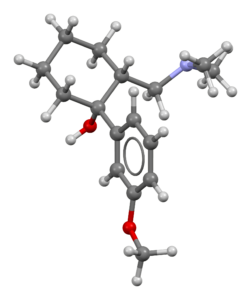In adults, vasopressin is typically used at a dose of 0.01-0.04 units/minute intravenously. There isn’t a widely accepted “maximum” dose as it depends on the patient’s individual response and the clinical situation. But, high doses can lead to water intoxication (with symptoms like drowsiness, headache, and seizures) and also can cause vasoconstriction that might lead to decreased circulation in some tissues.
| Country | Vasopressin Brand Names |
|---|---|
| India | Pitressin, Vasostrict, Vasopin |
| Pakistan | Vasopressin Hameln, Vasostrict, Pressyn |
| Bangladesh | Pitressin, Vasopin, Pressyn |
Let’s break it down.
The code is calculating how much Vasopressin (a medication) a patient is getting every minute based on the amount being given each hour.
Here’s the simple formula:
Dose per minute = (Dose per hour * 0.4) / 60Why 0.4 and 60?
- 0.4 is used because we have a vial of Vasopressin that contains 20 units in 50cc. So, for every 1cc (or 1ml), we have 0.4 units of Vasopressin.
- 60 is used to convert the rate from ‘per hour’ to ‘per minute’ since there are 60 minutes in an hour.
Let’s look at a few examples:
- Suppose a doctor orders Vasopressin at a rate of 5ml per hour. Using the formula: Dose per minute = (5 * 0.4) / 60 = 0.03 units per minute
- If the doctor orders Vasopressin at 10ml per hour: Dose per minute = (10 * 0.4) / 60 = 0.07 units per minute
- If the doctor orders Vasopressin at 15ml per hour: Dose per minute = (15 * 0.4) / 60 = 0.1 units per minute
So, for each of these examples, the code calculates how much Vasopressin the patient is getting every minute.



